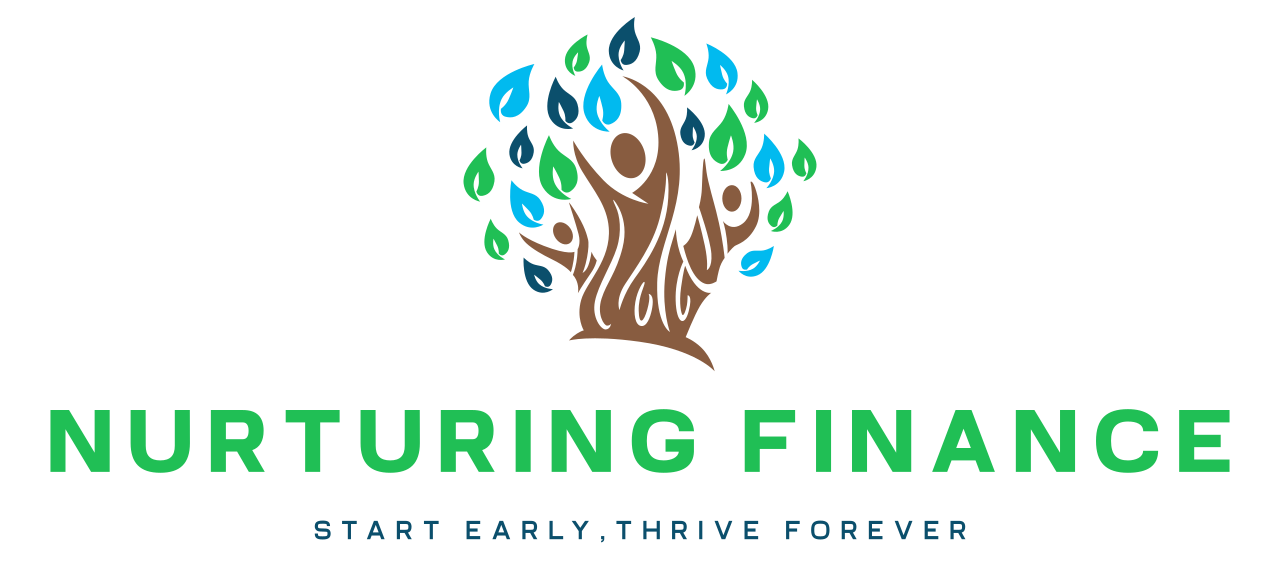Kids learn best when they’re engaged, moving, and laughing. When it comes to something as practical as money, games go a long way. They help big ideas feel friendly and simple. Instead of long talks or abstract lessons, play can help children connect real moments with positive money habits.
Games make excellent children money education tools. They help kids build an understanding of spending, saving, and earning through hands-on experiences. Whether your child is five or twelve, you can find a playful way to introduce a new money lesson without making it feel like work. This article shares simple games and activities that turn ordinary fun into real learning.
Why Games Work for Teaching Money Skills
Play creates a safe space to try new things. Kids are naturally curious and eager to test out how things work. Money games quietly teach skills because children can ask questions and explore ideas under low pressure. It is a teaching method that encourages learning without stress.
Games let kids experience real-life situations on their level. They can “shop” for items, decide when to save, or work for a reward—all inside a playful structure. Learning this way sticks. It is easier to remember a funny or active moment than a lecture.
For example, playing “store” at home, a child might remember handing over play money for their favorite item. That choice stays in their mind longer than hearing about money in a classroom or book. Games like these—whether they use play money, stickers, or charts—are a natural, effective way to build financial skills.
Games That Show How Spending Works
A fun place to start with money games is spending. Pretend shopping activities give kids the chance to think through purchases in a playful setting. You can use play cash and set up a “store” in your living room with snacks, books, or toys. Let your child act as the shopper, buying things from you or a sibling.
This type of game encourages decision-making. Kids can ask themselves if they want one big item or a few smaller ones. They learn whether they have enough to spend or need to wait for next time. Without pressure, they practice comparing value, managing a limited budget, and handling money.
You can adjust the game for different ages. Younger kids might focus on coin counting, while older kids think more about cost versus want. Each pretend checkout is a chance to practice—and every choice is valuable.
Saving Games That Teach Patience and Planning
Most kids find saving harder than spending. Turning it into a game makes saving much more enjoyable. Try a sticker chart to track saving goals. Each time your child sets money aside instead of using it, they get a sticker. Reach a set number, and they turn their stickers into a reward or get to use their savings.
Another option is the “save and spend” jar game. Label two jars—one for spending anytime and one for saving for a bigger goal. Every time your child earns or receives money, talk about which jar to fill. Seeing progress visually every day keeps them motivated.
Both games teach important trade-offs. Kids learn to pause before buying and see how rewarding it feels to wait and save for something special. These activities are especially effective children money education tools and can be updated as your child grows.
Turn Chores or Tasks into Earning Games
Earning is another angle for hands-on money play. Turn simple chores into fun earning activities to teach effort and reward. Set up an earning jar—a place to drop a token, marble, or coin each time a job is done. When the jar is full, your child can redeem tokens for a prize or treat.
Alternatively, use job cards. Write chores on index cards, each with a “pretend dollar” or point value. Your child can pick a task and earn the value listed, then exchange their points or pretend money for rewards at a family store.
These activities start to show kids how income is earned, not just given. They make the link between working and receiving rewards clear and positive—without turning family time into a chore list.
Games for Older Kids to Practice Budgeting
As kids get older, budgeting games become a fun way to introduce more complex money skills. Try a board game or chart where they get a set amount of play money and must spend it on categories like snacks, gifts, games, or outings.
You can use monopoly money to create monthly budgets and assign roles—maybe they are buying groceries, planning a party, or managing their own lunch budget. Kids learn to track spending across categories, see where money runs out, and figure out what needs to wait for next month.
These games highlight that choices come with limits. Budgeting games show planning, self-control, and flexible thinking in a light, enjoyable way, setting the stage for strong real-world habits.
Learning Through Fun Builds Lasting Habits
Kids enjoy games for their excitement, but the lessons last because of the experiences. When we use play to teach money ideas, we do more than deliver information—we build the foundation for future habits. Every sticker, token, or pretend shopping trip adds up to real skills.
Games make it easier for parents to teach and for kids to stay interested. The little habits formed in play carry forward into daily life. Used thoughtfully, these fun strategies become the children money education tools that serve kids through every stage, building confidence and decision-making for years to come.
We’re always looking for ways to keep money habits growing at home, and we’ve pulled together simple ideas that make it easier to introduce everyday lessons through practical children money education tools. At Nurturing Finance, we believe these small choices can build steady confidence in both kids and parents.
